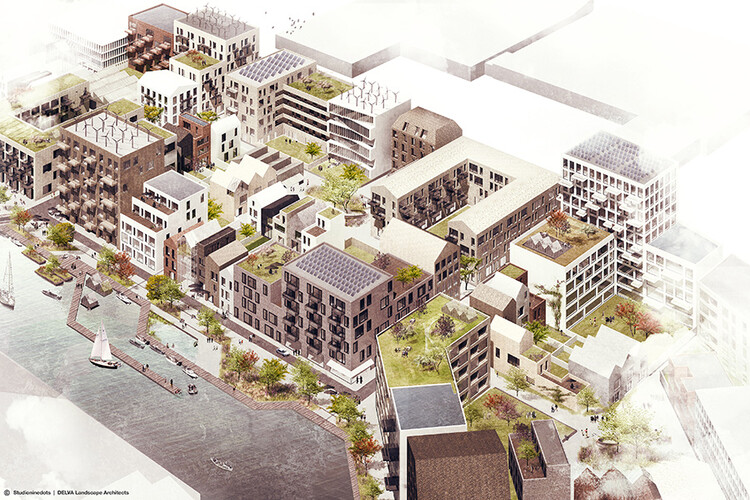
There are significant deficiencies in how our cities worldwide operate and serve the people who live in them. Bureaucracies, red tape, and other limiting processes that publicly drive our cities towards their futures are often the aspects that cause change to happen at such a slow pace that by the time an issue is addressed, five more have popped up in its place. Over time, society has come to accept that when the systems we have in place don’t do much to serve our needs, it forces us to turn to alternatives to advocate for change. Some urban issues have found the best solutions after initiating social movements and the formation of grassroots groups.
City-making has long disguised itself as a democratic process. While many people work within the design realm and influence the buildings constructed and the expansion of urban areas, historically, the large-scale decisions have been left to the hands of only a few people. In New York, the City Planning Commission, which is staffed with thirteen architects, engineers, and other highly-specialized urbanists, has oversight of every aspect of the growth and development of the city. With a similar model, Los Angeles has only nine members who help shape the city’s zoning laws and other regulations. In other places where zoning is less of an issue, like Houston, which has rejected the implementation of zoning laws three times, city planners are more concerned with how to subdivide land.

When cities, where millions of people live, are ultimately left to the decisions of a select few, many take the issues into their own hands. Across the globe, grassroots urban movements are transforming many communities for the better. In Boston, Massachusetts, many residents formed a network of community garden projects, by giving low-income neighborhoods funding to tend to these green spaces. Not only does this bring healthy, fresh food to disadvantaged communities, but it also provides multiple educational opportunities. Some of these projects cost upwards of 100,000 dollars, most of which happen without significant government aid.
In 2010, citizens in Dallas, Texas sought to transform an old alleyway into a new marketplace through Better Block, a non-profit that educates people on how to grow their neighborhoods. In less than a month, the community had installed outdoor furniture, hung new lights, and opened up a variety of public spaces including coffee shops and galleries. Now, Better Block has expanded to other parts of the world where they build projects that last for three to four months in locations chosen by and designed by the community, teaching residents how to take urban improvements into their own hands.

Self-initiated urban movements have also become popular in many international cities. In 2012, a group in Amsterdam developed an idea to test widely-used technology as a means to make urban planning accessible to the masses and a highly-collaborative process. The concept was named The Hackable City, and it allowed people to have a say in new projects in terms of what the community needs and the design aesthetics they prefer. It helps to ensure that a community’s development stays in the hands of the residents, and gives people agency to quickly voice and take action towards creating what is needed. The result of the Hackable City is a holistic prototype for development in a formerly industrial waterfront and brownfield area. By creating a circular economy where resources and knowledge could be shared, participating in the building of a new neighborhood was as easy as logging into an app and sharing an opinion on what a building’s façade should look like while learning how it saves energy.

Many cities and projects have found significant success after taking matters into their own hands and creating innovative solutions to better their communities. After all, who better understands the needs of communities than the people who live in them?
Editor's Note: This article was originally published on





